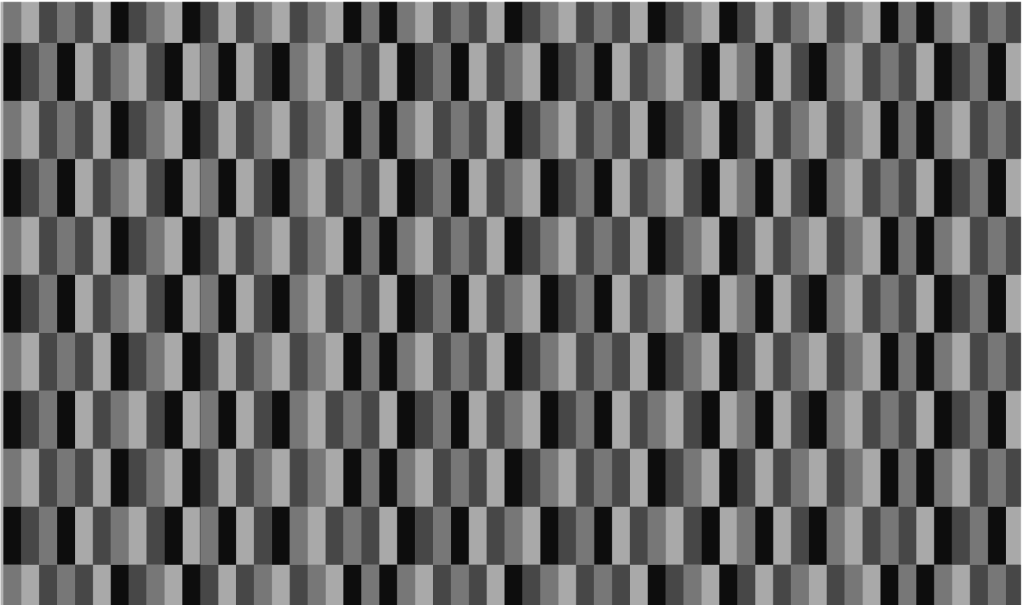Checks will be needed on some goods entering Northern Ireland from the rest of the UK as part of Brexit but bureaucracy will be kept to a “minimum”, the British Government said.
Border Inspection Posts (BIPs/BCPs) that screen animal and food products at ports will be “expanded” to accommodate the wider-range of products and the volume of GB-NI movements.
The UK’s position paper (here) said there will be some limited additional process surrounding goods arriving in Northern Ireland, using “all flexibilities and discretion”.
What does that mean for Business?
Which products will be checked?
While the UK’s position paper leaves out many operational details there are some assumptions that can be made of the checks.
i) All products with a ‘control’ at the EU-External Border will need to be checked unless flagged for domestic (intra-UK) consumption, only.
ii) This includes all Product of Animal Origin (POAO) – including meats, dairy products & composite products including POAO.
iii) For food processors, there will be an additional headache if the products moved from UK-NI are to be exported for both EU & UK consumption.
How will they make checks?
Screening will be supported by electronic processes, once the transition period finishes at the end of 2020. We expect the customs declaration will drive most of the compliance – whether the product will be consumed in NI or exported to the EU – thus triggering product checks for those due for re-export.
While Northern Ireland physically checks under 1% of third-country imports notified through CHIEF, the EU requires upwards of 25% of POAO products to experience checks at the Border.
There will be no new physical customs infrastructure but some existing entry points for agri-food goods will “expand” to provide for “proportionate” additional controls.
I trade with Northern Ireland – How do I prepare?
Understanding your supply chain and product movements is the first step in preparing for a complex customs arrangement for GB-NI.
Second, understand the differences in product standards controls at import and the domestic food production standards.
For food processors, developing an internal ‘mass balance’ equation – understanding how primary product, at what value enters NI, and then calculate the value & mass of the finished product to each respective geography. From here, you can calculate your exposure to tariffs, Quotas, SPS checks & compliance costs.





